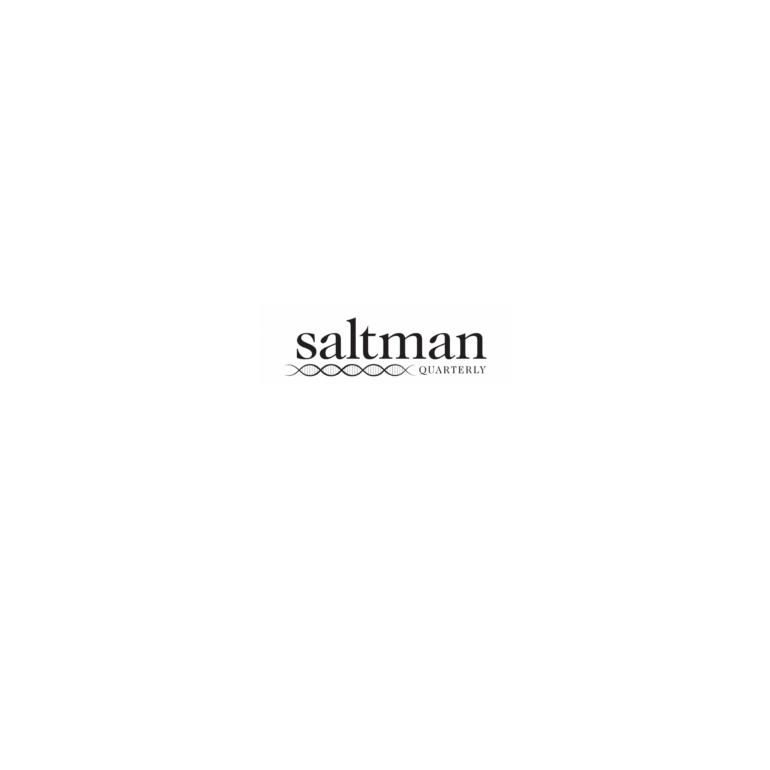DANIEL LUSK | BLOGGER | SQ ONLINE (2018-19)
Have you noticed all the news about Marie Kondo? I tried watching an episode of “Tidying Up” on Netflix, and honestly, I could not finish it. Something about the combined guilt of my own messiness and the time commitment to a full, hour-long Netflix show stopped me. But Marie Kondo’s ideas intrigued me.
Why do we care about being tidy at all? I have been thinking about it since the show started, and I cannot, for the life of me, think up an evolutionary advantage to my room being clean. But hey, maybe not everything we do revolves around evolution.
I did, however, find some interesting science surrounding the usefulness of tidiness in the modern world.
Now, I get anxious when my room gets particularly nasty. So I suspected this one was going to have more to do with stress than anything else.
But the bulk of the research focuses on productivity, of all things. This proves useful for my purposes. Marie Kondo brands her tidying skills as a way to generally improve your life and take control, eliminating all but the things which “spark joy” in your life. The rebrand she has put on throwing things away seems genuinely brilliant. As a general rule, throwing away an object feels legitimately painful for human beings (3). Brain scans show high activation of areas associated with discomfort and pain when subjects are monitored while throwing objects they own away. From the fraction of an hour I watched of Marie Kondo’s show, it seems that making tidying more about empowerment than waste made the process easier. But I will leave the cleaning advice to her. I want to tell you why as a student or worker you should care about cleanliness.
So, why does throwing things away help us at all? Questions like this can be difficult to answer. Fortunately, organizations love organization. That joke needs context; I suspect big businesses feel very strongly about expanding worker productivity, and, as such, productivity studies seem abundant. When I started researching the topic of cleanliness and clutter, I immediately encountered massive documents regarding workplace design. Researchers have documented the effect of control of everything from temperature to open space to object texture on workplace productivity (2). Take a look for those of you who are curious. The data shifts for different things, but this meta-analysis lays out pretty decent specifics. The way we design the environments around us can significantly impact how we get our work done.
These studies seem extremely bent on identifying ways to maximize worker comfort. Why would comfort matter?
Well, the more comfortable you are the less you are preoccupied with competing concerns to your work. The less time you spend thinking about how cold you are, the more time you spend on finance reports or whatever adults do.
This thought does not just come from me either. Research into “visual clutter” show that competing stimuli fight for attention in your brain (4). As I covered in my article about habit formation, our brain has to work through a lot of information with limited resources. When multiple stand-out objects are in your visual field, your brain has to spend some of those resources figuring out what matters and what does not.
This fits with the idea that organizing your space can help decrease distractions and increase productivity. The workplace studies focus more on direct outcomes of how spaces are organized than mapping workers’ brains, but the study on visual clutter and stimuli in brains is closely related. The space around the worker plays a role in how much time they spend working and how much time they spend…not working. The brain study on visual space nails down a mechanism for visual distraction. It makes sense that similar mechanisms can apply to other aspects of distraction, such as being cold. Generally, the more distractions vying for your attention, the less time you will spend on task. The study certainly makes the case for reduction of visual clutter, and the workplace studies seem to provide room for the rest. Marie Kondo says choose joy. This college junior says choose productivity.
So tidy up a bit. Reduce your visual clutter. Do what you need to do to get comfortable. If the science stands correct, you might even end up with more free time because of it.
And is free time not what this is all about?
- Cho, Mikael. “How Clutter Affects Your Brain (and What You Can Do About It).” Lifehacker, Lifehacker.com, 5 July 2013, lifehacker.com/how-clutter-affects-your-brain-and-what-you-can-do-abo-662647035.
- Horr, Yousef Al, et al. “Occupant Productivity and Office Indoor Environment Quality: A Review of the Literature.” Science Diirect, 15 Aug. 2016, www.sciencedirect.com/science/article/pii/S0360132316302001#!
- McGonigal, Kelly. “Why It’s Hard to Let Go of Clutter.” Psychology Today, Sussex Publishers, 2012, www.psychologytoday.com/us/blog/the-science-willpower/201208/why-it-s-hard-let-go-clutter.
- McMains, Stephanie, and Sabine Kastner. “Interactions of Top-Down and Bottom-Up Mechanisms in Human Visual Cortex.” Journal of Neuroscience, Society for Neuroscience, 12 Jan. 2011, www.jneurosci.org/content/31/2/587.long.
- Feature image (https://pixabay.com/en/books-library-education-literature-768426/)

